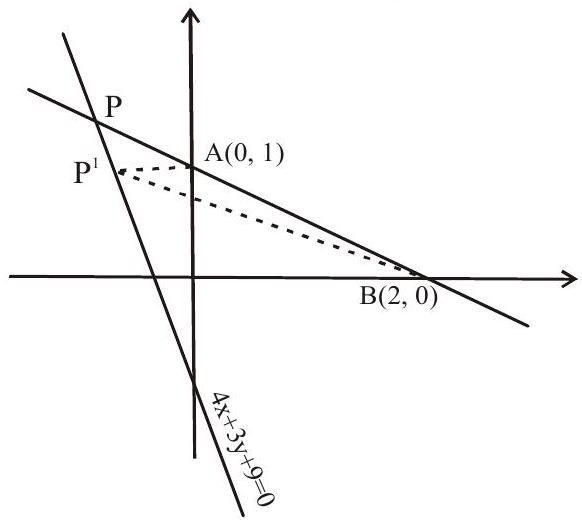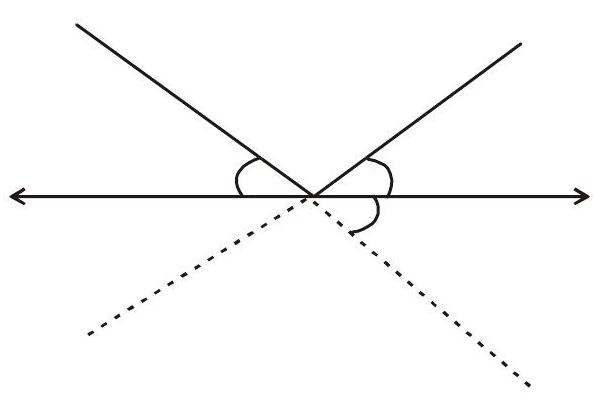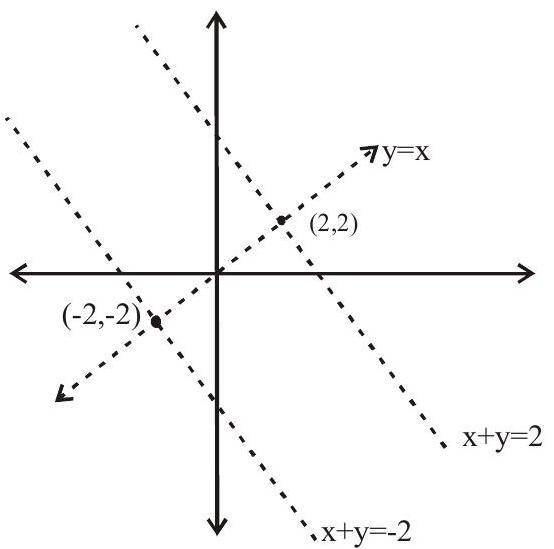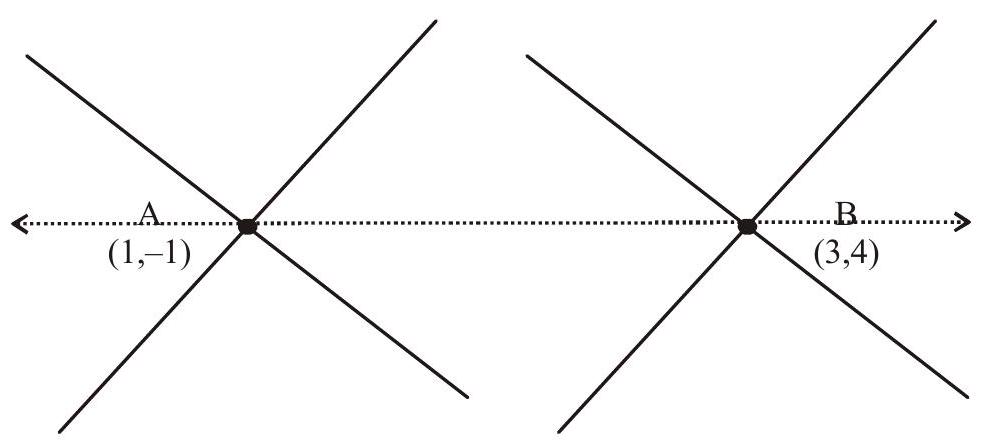Coordinate Geometry-i - Straight Line (Lecture-02)
8. Consider the points
(a)
(b)
(c)
(d)
Show Answer
Solution:
Thus |PA-PB| is max. if points A,B,P are collinear. Equation of
Hence solving

9. A light ray coming along the line
(a)
(b)
(c)
(d)
Show Answer
Solution:

10. If the point
(a)
(b)
(c)
(d)
Show Answer
Solution:
&
Then pt. (a,a) lies between the lines then

11. Consider the family of lines
Show Answer
Solution:
Equation of a line belongs to both families passes through A and B is

12. If
(a) lie on a straight line
(b) lie on an ellipse
(c) lie on a circle
(d) are vertices of a triangle.
Show Answer
Solution: Let
Now
slope of
Hence pts
Answer : a
13. A variable straight line is drawn through the point of intersection of the straight lines
Show Answer
Solution: Let mid pt. of
Intersection pt. of given lines is
Now A,B and

Exercise
1. Orthocenter of triangle with vertices
(a)
(b)
(c)
(d)
Show Answer
Answer: c2. Area of the triangle formed by the line
(a) 2 sq.units
(b) 4 sq.units
(c) 6sq.units
(d) 8 sq.units
Show Answer
Answer: a3. Let
(a)
(b)
(c)
(d)
Show Answer
Answer: c4. Consider three points
(a)
(b)
(c)
(d) P, Q, R are non-collinear.
Show Answer
Answer: d5. The locus of the orthocenter of the triangle formed by the lines
(a) a hyperbola
(b) a parabola
(c) an ellipse
(d) a straight line.
Show Answer
Answer: d6. Let points
(a)
(b)
(c)
(d)
Show Answer
Answer: b7. The line
(a)
(b)
(c)
(d) None of these
Show Answer
Answer: a8. If one diagonal of a square is the portion of the line
(A)
(b)
(c)
(d)
Show Answer
Answer: c9. The image of
(a)
(b)
(c)
(d)
Show Answer
Answer: d10. Let
(a) 1
(b) 2
(c) 3
(d) 4










